
Frozen shoulder (also called adhesive capsulitis) is a common debilitating condition causing painful restriction of shoulder movement. This can be related to systemic diseases such as diabetes or related to an injury.
Non-operative treatments such as steroid injections and physiotherapy are successful for the majority of patients, however a small number of patients will need minimally invasive surgery in the form of an arthroscopic 360-degree capsular release.
Commonly Asked Questions
I am having pain in my shoulder, is it Frozen Shoulder?
It is a myth, not every shoulder pain is due to Frozen Shoulder. There are multiple structures in the shoulder which can cause pain, such as, rotator cuff tendons (tendinitis or rotator cuff tear or impingement), biceps tendon (tendinitis or instability), ACJ (arthritis), joint surfaces (glenohumeral arthritis) or shoulder blade abnormality (STAM). Sometime, the pain can be coming down from the cervical spine. Frozen shoulder accounts for only a small proportion of these patients with shoulder pain.
What is Frozen Shoulder?
The shoulder joint is surrounded by a thin, soft layer called as capsule which is roughly 1-2 mm thick. In Frozen Shoulder, the capsule becomes thick and inflamed which causes pain and restricts movement in all the planes. Initially it is associated with severe pain, however later on pain reduces on its own but stiffness worsens.
What causes Frozen Shoulder?
Frozen Shoulder is commonly seen in association with Diabetes Mellitus, more common in female patient between 40-60 age groups. Shoulder may also freeze secondarily to other diseases in the shoulder such as rotator cuff tear or injury. In diabetic patients, it tends to be more painful and resistant to treatment.
How do you diagnose Frozen Shoulder?
Frozen Shoulder is mostly a clinical diagnosis. Your doctor will perform a thorough clinical examination at your visit. A plain radiograph (X ray) is necessary to rule out other causes of shoulder stiffness such as arthritis. Occasionally your doctor may advice scan (Ultrasound or MRI) to look for secondary causes of Frozen Shoulder.
How do you treat Frozen Shoulder?
Physiotherapy is the mainstay of treatment for Frozen Shoulder. The manual exercises involving range of movement (ROM) exercises are helpful in improving the stiffness. Your surgeon may give you a steroid injection into the joint to reduce inflammation. He or she may consider another minimally invasive procedure called as hydrodilatation to improve movements. If your shoulder is not responding to these measures, your surgeon will offer you a surgical procedure called as arthroscopic 360-degree capsular release.
What is hydrodilatation?
In hydrodilatation, the joint is numbed with local anaesthesia first, following which it is insufflated with around 40-50 ml of normal saline. The increased pressure in the joint results in rupture of tight capsule, hence resulting in increased movement and resolution of stiffness.
To know further about surgical procedure, visit ‘Arthroscopic Capsular Release’ under ‘Treatment’ section.
-
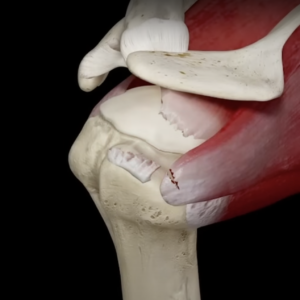
Rotator cuff Tear
-
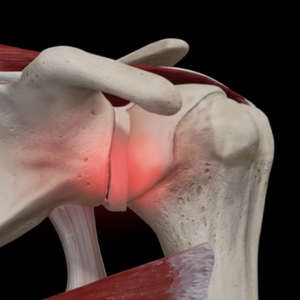
Shoulder Instability or dislocation or labral tear
-
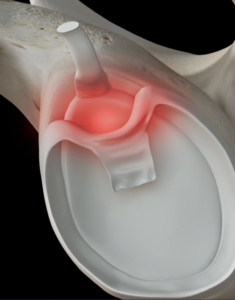
SLAP tear
-
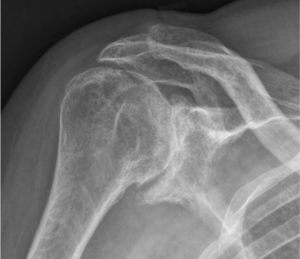
Shoulder arthritis
-

Acromio-clavicular joint arthritis
-
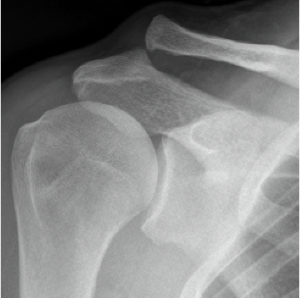
Acromio-clavicular joint dislocation
-
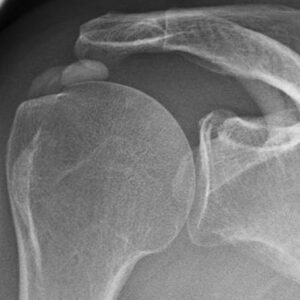
Calcific tendinitis
-

Frozen shoulder
-

Biceps tendonitis or Proximal biceps rupture
-
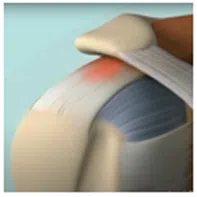
Shoulder Impingement
-

Pectoralis major tendon tear
-
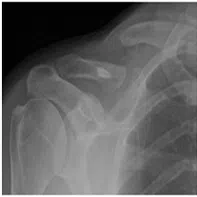
Collarbone (Clavicle) fracture
-
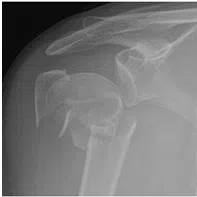
Upper arm bone (Humerus) fracture
-
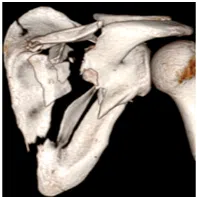
Shoulder blade (Scapula or Glenoid) Fracture
-
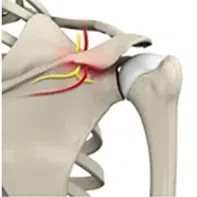
Suprascapular nerve compressive neuropathy or entrapment
-
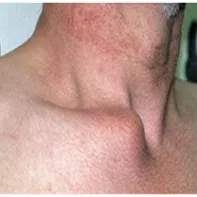
Sterno-clavicular joint instability
-
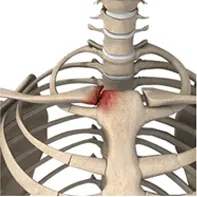
Sterno-clavicular joint arthritis
-
Snapping scapula syndrome
-
Scapula dyskinesis
-
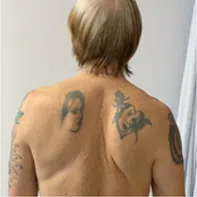
Winged scapula
-

Shoulder arthroscopy
-
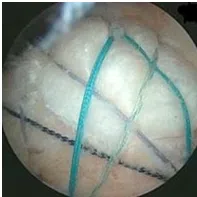
Arthroscopic rotator cuff repair
-
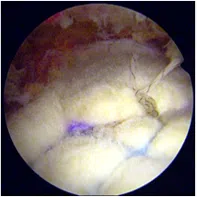
Superior capsular reconstruction
-
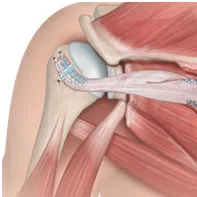
Tendon transfer
-

Biceps tendonitis or Proximal biceps rupture
-
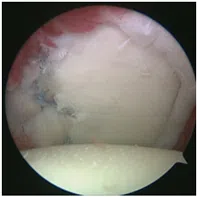
Labral repair – Bankart/ Posterior labral repair
-

Arthroscopic latarjet
-
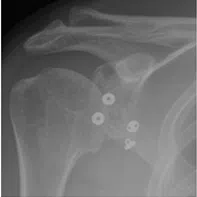
Arthroscopic bone block procedure (anterior/ posterior)
-
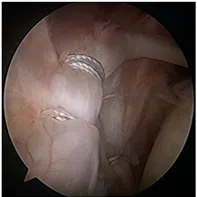
SLAP repair
-
Arthroscopic excision of calcific deposits
-
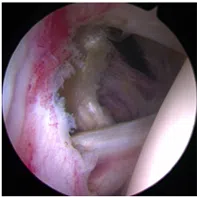
Arthroscopic capsular release
-
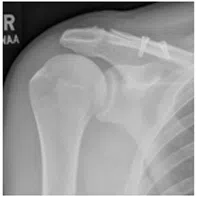
Arthroscopic ACJ repair/ reconstruction
-
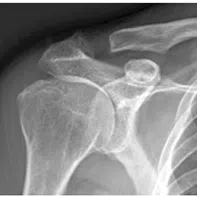
Arthroscopic distal clavicle excision
-
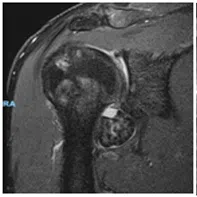
Comprehensive arthroscopic management (CAM)
-
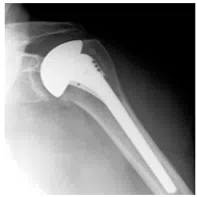
Hemiarthroplasty
-
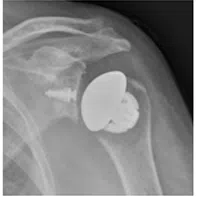
Total anatomic shoulder replacement
-
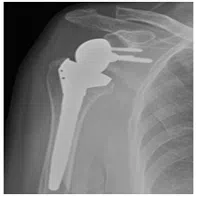
Reverse shoulder replacement
-
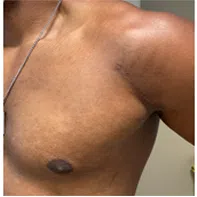
Pectoralis major tendon repair
-
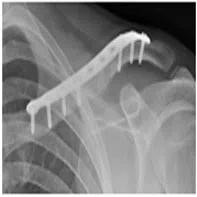
Open reduction internal fixation (ORIF) clavicle
-
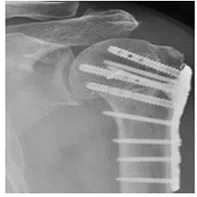
Open reduction internal fixation (ORIF) humerus
-
Arthroscopic supraspinatus nerve decompression
-
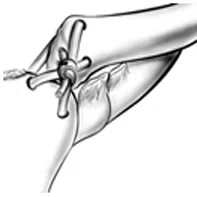
Sterno-clavicular joint procedures (Excision or Reconstruction)
-
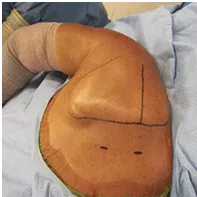
Scapulothoracic arthroscopy
-
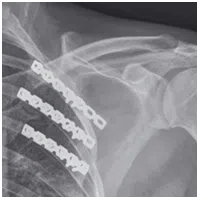
Scapulothoracic fusion
-
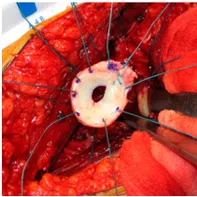
Biologic resurfacing of glenoid
-
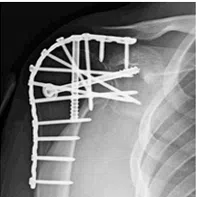
Glenohumeral fusion




